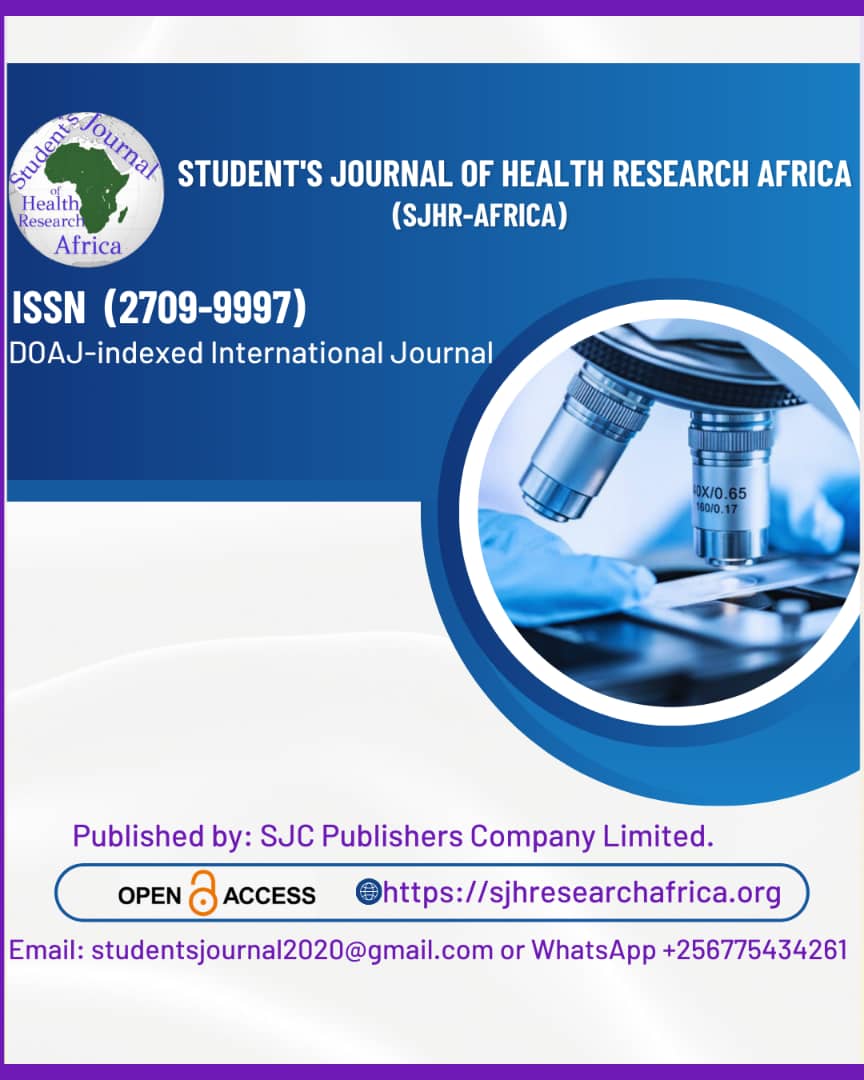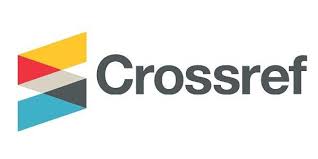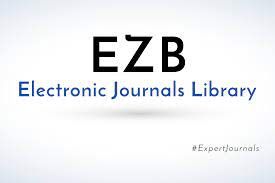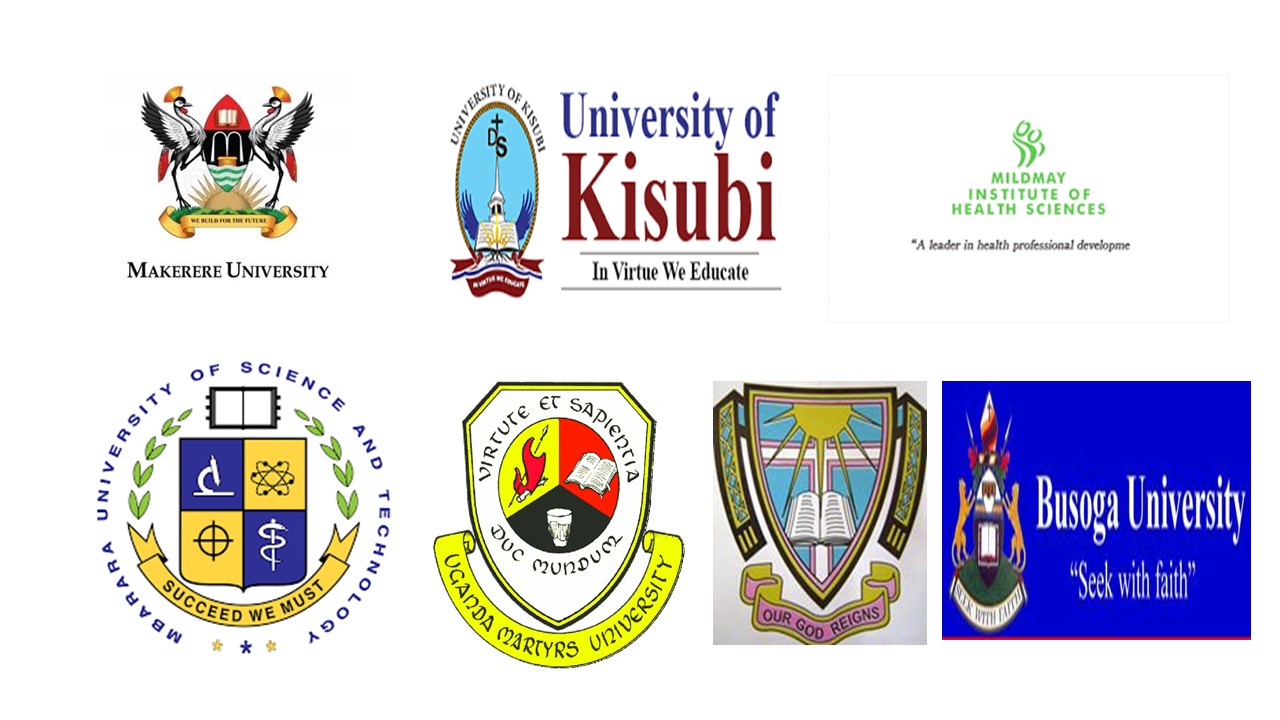A prospective cross-sectional study comparing surgical and conservative management in acute scrotum.
DOI:
https://doi.org/10.51168/sjhrafrica.v6i9.2140Keywords:
Acute scrotum, Testicular torsion, Epididymo-orchitis, Surgical management, Conservative managementAbstract
Background:
Acute scrotum is a common urological emergency presenting with the sudden onset of pain and swelling. Its causes range from benign inflammatory conditions to testicular torsion, a time-sensitive surgical emergency. Accurate differentiation between surgical and conservative cases is crucial for preserving testicular function. This study aimed to compare the outcomes of surgical and conservative management of acute scrotum in a tertiary care setting.
Methods:
This prospective cross-sectional observational study was conducted at Acharya Vinobha Bhave Rural Hospital, Sawangi (Meghe), Wardha, from August 2016 to October 2018. A total of 100 male patients presenting with acute scrotal pain and swelling were evaluated clinically and with Colour Doppler Ultrasonography. Patients were managed surgically (n = 58) or conservatively (n = 42) based on diagnosis, and outcomes were assessed at 14 days and 1 month.
Results:
The mean age was 41.56 ± 15.81 years (range 12–74). Testicular torsion accounted for 44 surgical cases, with an 81.8% salvage rate when treated within 6 hours, but 18.2% required orchidectomy after delayed presentation. Epididymo-orchitis was the predominant conservative diagnosis (85.7%), all resolving with medical therapy. Minor wound infection occurred in 3.4% of surgical cases; no recurrences or long-term complications were observed.
Conclusion:
Surgical exploration is vital for torsion and complicated scrotal pathology, while conservative therapy is effective for infective and inflammatory conditions. Timely presentation and Colour Doppler Ultrasonography are key to optimal outcomes.
Recommendation:
Early surgical exploration should be undertaken in suspected torsion, ideally within six hours, and Colour Doppler Ultrasonography should be routinely used to enhance diagnostic accuracy.
References
Lewis AG, Bukowski TP, Jarvis PD, Wacksman J, Sheldon CA. Evaluation of acute scrotum in the emergency department. J Pediatr Surg. 1995;30(2):277-81. https://doi.org/10.1016/0022-3468(95)90574-X
Ciftci AO, Senocak ME, Tanyel FC, Büyükpamukçu N. Clinical predictors for differential diagnosis of acute scrotum. Eur J Pediatr Surg. 2004;14(5):333-8. https://doi.org/10.1055/s-2004-821210
Srinivasan AK, Freyle J, Gitlin JS, Palmer LS. History and physical examination findings predictive of testicular torsion: an attempt to promote clinical diagnosis by house staff. J Pediatr Urol. 2011;7(4):470-4. https://doi.org/10.1016/j.jpurol.2010.12.010
Kapoor S. Testicular torsion: a race against time. Int J Clin Pract. 2008;62(5):821-7. https://doi.org/10.1111/j.1742-1241.2008.01727.x
Kalfa N, Veyrac C, Baud C, et al. Ultrasonography of the spermatic cord in children with testicular torsion: impact on the surgical strategy. J Urol. 2004;172(4 Pt 2):1692-5. https://doi.org/10.1097/01.ju.0000138477.85710.69
Sidhu PS. Clinical and ultrasound features of acute scrotum. Ultrasound. 2013;21(1):18-27.
Boettcher M, Bergholz R, Krebs TF, Wenke K, Aronson DC. Clinical predictors of testicular torsion in children. Urology. 2012;79(3):670-4. https://doi.org/10.1016/j.urology.2011.10.041
Zhao LC, Lautz TB, Meeks JJ, Maizels M. Pediatric testicular torsion epidemiology using a national database: incidence, risk of orchiectomy, and possible measures toward improving the quality of care. J Urol. 2011;186(5):2009-13. https://doi.org/10.1016/j.juro.2011.07.024
Anderson JB, Williamson RC. Testicular torsion in Bristol: a 25-year review. Br J Surg. 1988;75(10):988-92. https://doi.org/10.1002/bjs.1800751015
Bhatt S, Dogra VS. Role of US in testicular and scrotal trauma. Radiographics. 2008;28(6):1617-29. https://doi.org/10.1148/rg.286085507
Mellick LB. Torsion of the testicle: It is time to stop tossing the dice. Pediatr Emerg Care. 2012;28(1):80-6. https://doi.org/10.1097/PEC.0b013e31823f5ed9
Madaan S, Joniau S, Klockaerts K, Oyen R, Van Poppel H. Acute non-traumatic scrotal pain: a review of management. Indian J Urol. 2008;24(4):461-5.
Çayan S, Akbay E, Bozlu M, Doruk E, Uzümcügil F, Kadioglu A. The effect of the duration of symptoms on testicular salvage in acute spermatic cord torsion. J Urol. 2001;165(6 Pt 1):2103-7.
Kalfa N, Veyrac C, Lopez M, Lopez C, Maurel A, Kaselas C, et al. Multicenter assessment of ultrasound of the spermatic cord in children with acute scrotum. J Urol. 2007;177(1):297-301. https://doi.org/10.1016/j.juro.2006.08.128
Dogra VS, Bhatt S. Acute painful scrotum. Radiol Clin North Am. 2004;42(2):349-63. https://doi.org/10.1016/j.rcl.2003.12.002
Mansbach JM, Forbes P, Peters C. Testicular torsion and risk factors for orchiectomy. Arch Pediatr Adolesc Med. 2005;159(12):1167-71. https://doi.org/10.1001/archpedi.159.12.1167
Mittemeyer BT, Lennox KW, Borski AA. Epididymitis: a review of 610 cases. J Urol. 1966;95(3):390-2. https://doi.org/10.1016/S0022-5347(17)63468-2
Visser AJ, Heyns CF. Testicular function after torsion of the spermatic cord. BJU Int. 2003;92(3):200-3. https://doi.org/10.1046/j.1464-410X.2003.04307.x
Jefferson RH, Perez LM, Joseph DB. Critical analysis of the clinical presentation of acute scrotum: a 9-year experience at a single institution. J Urol. 1997;158(3 Pt 2):1198-200. https://doi.org/10.1016/S0022-5347(01)64426-4
Downloads
Published
How to Cite
Issue
Section
License
Copyright (c) 2025 Kumar Mrigesh, Suvit Jumde, Tanu Pradhan

This work is licensed under a Creative Commons Attribution-NonCommercial-NoDerivatives 4.0 International License.





















